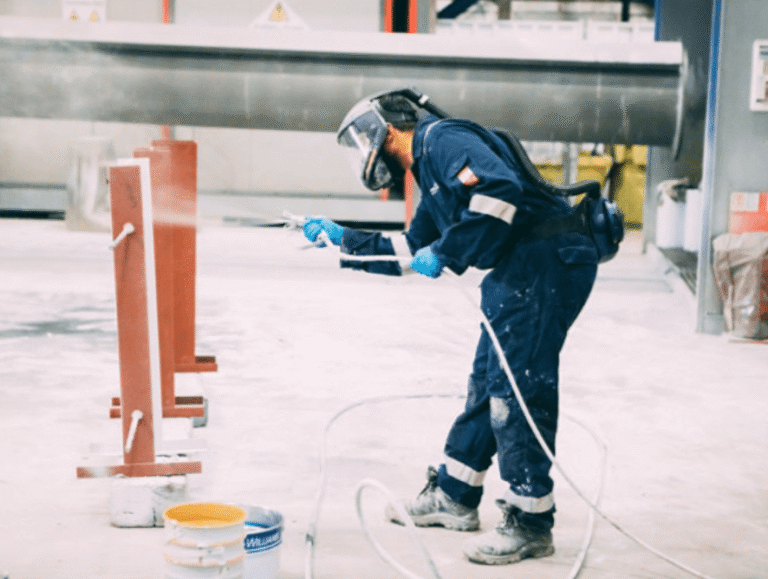Lifeguarding in Difficult Situations: The Importance of Proper Training
Lifeguarding is a physical and mental challenge and a rewarding profession. It requires someone to think quickly, be physically fit, and stay calm in sometimes overwhelming situations. Most people envision lifeguards at pools or beaches in perfect weather. Unfortunately, that is rarely the scenario that lifeguards encounter. Lifeguards must stay prepared for a wide range of difficult situations including rough currents in the ocean, medical emergencies, large crowds in a pool, etc.
This is where lifeguard courses matter. Lifeguard course training goes a long way in ensuring lifeguards have the foundational skills and the confidence to manage emergencies. A recognized leader in that area is the American Lifeguard Association (ALA). The ALA provides a wide range of credible certification courses to address the variety of situations faced and to prepare lifeguards for some of the challenges that could occur in real-life situations.
In this article, we will cover some of the most difficult situations faced by lifeguards, and how the courses they take can make a difference between effective emergency management and simply being there in a readiness stance.
1. Rough Water, Strong Current
When it comes to lifeguarding, nothing is more difficult than saving a life in open water. Open water can have conditions that can change from minute to minute. A life-threatening situation can happen without warning and can quickly turn a beautiful summer day into a disaster. In open water swim areas, lifeguards have to contend with waves, rips, sudden storms, or even marine life.
How Lifeguard courses Will Prepare You
- Identification of rip currents and rescue techniques – ALA’s lifeguard courses train lifeguards to identify rip currents and execute safe rescues without defensively putting themselves in harm’s way.
- Swimming in the ocean with strong waves and currents – Training includes swimming to build strength and endurance in rough conditions.
- Use of rescue equipment – Lifeguards learn to utilize rescue tubes, boards, and other equipment in rough waters.
If a lifeguard is not trained, even the best swimmers can have difficulty in rough water. This is one of the primary reasons why attending a quality program like the ALA is essential.
2. Multiple Victim Rescues
Lifeguards encountering situations involving multiple victims in crowded pools or beaches can be difficult. When multiple people are in distress due to an injury, sudden drop-offs, or an underwater hazard, a chain of events can occur when one swimmer is panicking!
How Lifeguard courses Prepare You:
- There is a focus on establishing a hierarchy of victims – Lifeguards learn to differentiate the most important person to save
- Team Rescue Drills – Most lifeguard courses will include training in teams relevant to the lifeguard industry as the rescues often require coordination among multiple rescuers to ensure maximum efficiency.
- CPR & First Aid for Multiple Patients – The ALA’s CPR Rescue & First Aid programs and drills prepare supervising lifeguards to offer interventions to numerous victims in organized and efficient ways.
A properly trained lifeguard understands how to keep a level head and effectively activate a rescue plan regardless of how chaotic the situation feels at that moment.
3. Medical Emergencies Other Than Drowning
Although preventing drowning incidents is the primary responsibility of a lifeguard, they also need to be prepared for heart attacks, seizures, spinal injuries and other types of medical emergencies.
How Lifeguard courses Prepare You
- Advanced First Aid & CPR – ALA-accredited courses contain a thorough medical response component.
- Spinal Injury Management – Techniques on stabilizing and extricating injured swimmers are an important component of the ALA lifeguard training.
- AED Certification – An AED component is part of many lifeguard courses and provides the training to handle cardiac emergencies.
The American Lifeguard Association does not classify lifeguards as simply rescue swimmers…but also capable of functioning as first responders in complex medical situations.
4. Handling Noncompliant or Frantic Victims
When a swimmer panics, they can become dangerous, often grabbing onto the lifeguard, and putting them both in a life-threatening situation. Similarly, some victims may resist assistance due to fear or disorientation.
Read more: Training AI on Subreddit Cultures for Sharper Meme Generation
How Lifeguard courses Prepare You
- Defensive Rescue Techniques – As part of the training, lifeguards learn ways to approach a panicking victim without getting grabbed.
- Verbal De-escalation – Lifeguards will learn cues to calm an agitated swimmer.
- Escape Skills – If a victim does hang on to their rescuer, this training teaches lifeguards how to escape safely.
These skills are a critical component of lifeguard courses, ensuring that rescuers are able to maintain control of the situation even when victims are out of control.
5. Limited Visibility and Night Rescues
Not all emergency rescues occur in full daylight. Inadequate illumination, murky water or even a nighttime incident create additional challenges for a rescuer.
How Lifeguard courses prepare You
- Blind Rescue Drills – Training may include conducting rescues with limited visibility.
- Flashlights & Glow Sticks – A portion of ALA programs equip trainees with equipment for night operations.
- Enhanced Communication – Low visibility conditions require a higher level of signaling and teamwork.
Lifeguards who are trained through high-quality lifeguard courses are familiar with these less-than-optimal conditions.
6. Extreme Weather Conditions
Weather can drastically affect lifeguarding, with risks ranging from heat exhaustion to lightning strikes and hypothermia.
How Lifeguard courses Prepare You
- Weather Hazard Awareness – Training covers when to clear the water because of lightning or high winds.
- Heat and Cold Emergencies – Lifeguards learn to recognize and treat temperature-related illnesses.
- Crowd Control While Evacuating – Evacuating a busy beach in extreme weather is a skill that needs to be developed.
The American Lifeguard Association ensures that lifeguards’ competencies go beyond water rescue skills to also include environmental challenges.
Purposeful training by qualified companies with courses that provide experience-based training, practical simulations of rescue scenarios, and current industry safety protocols is what ultimately prepares someone for the worst.
The American Lifeguard Association has programs held to the highest standards of lifeguarding behavior and graduate education, all ensuring that they can provide the care and protection that people expect when they hear the lifeguard whistle blow.
When you choose a reputable company (e.g. American Lifeguard Association), you are not just becoming certified, you are becoming competent and confident in your ability to save someone in the worst of circumstances.



